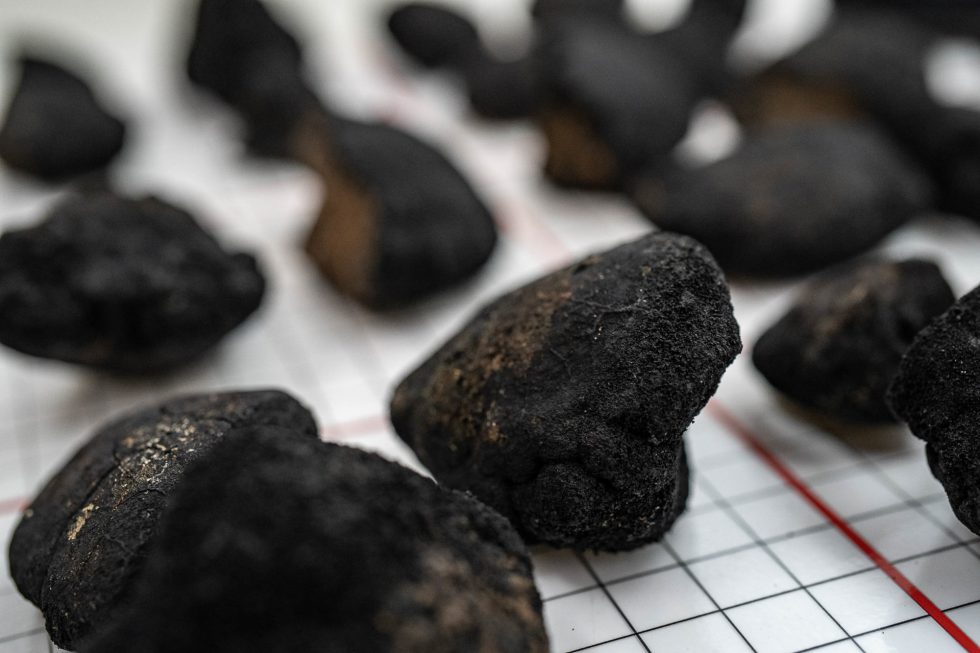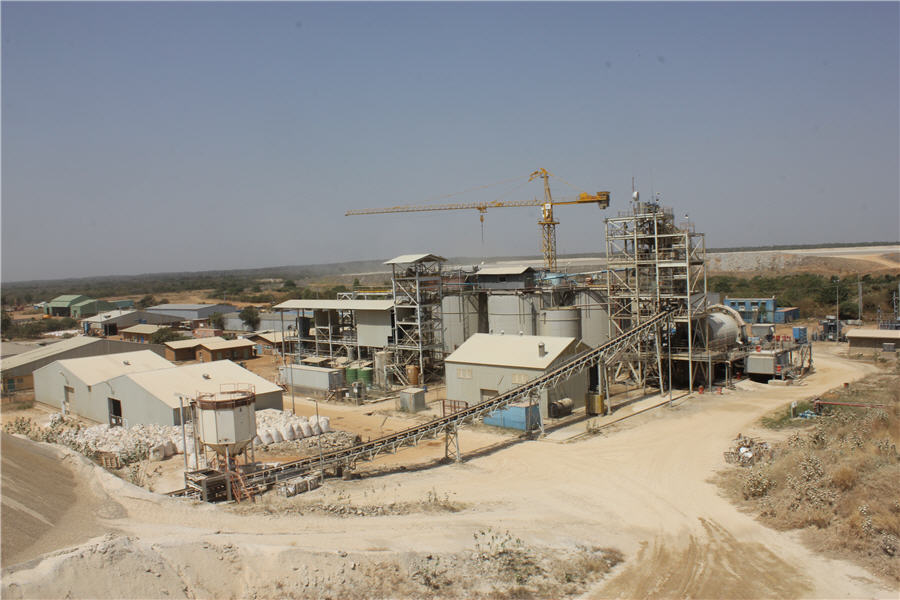Scientists discover ‘dark oxygen’ being produced by seabed metals

An international team of scientists has discovered that oxygen is produced by potato-shaped metallic nodules on the Pacific Ocean’s seafloor. The findings, published Monday in the Nature Geoscience journal, raise new concerns about the risks of deep-sea mining.
The team, led by Professor Andrew Sweetman at the UK’s Scottish Association for Marine Science, found that oxygen is produced in complete darkness approximately 4,000 meters (13,100 feet) below the ocean’s surface. It was previously thought that only living organisms, such as plants and algae, could use energy to create the planet’s oxygen through photosynthesis, which requires sunlight.
“For aerobic life to begin on the planet, there had to be oxygen, and our understanding has been that Earth’s oxygen supply began with photosynthetic organisms,” Sweetman said in a statement.
“But we now know that there is oxygen produced in the deep sea, where there is no light. I think we, therefore, need to revisit questions like: where could aerobic life have begun?”
The mechanism behind this oxygen production remains a mystery.
Sweetman and his collaborators first noticed something amiss during fieldwork in 2013.
The researchers were studying seafloor ecosystems in the Clarion–Clipperton Zone, an area between Hawaii and Mexico, and a potential target for mining metal-rich nodules.
During such expeditions, the team releases a module that sinks to the seafloor to perform automated experiments. Once there, the module drives cylindrical chambers down to close off small sections of the seafloor — together with some seawater — and create “an enclosed microcosm of the seafloor,” the authors note. The lander then measures how the concentration of oxygen in the confined seawater changes over periods of up to several days.
Around the world, seafloor ecosystems owe their existence to oxygen carried by currents from the surface and would quickly die if cut off. But in the Clarion–Clipperton Zone, the instruments showed that the sequestered water became richer, not poorer, in oxygen.
At first, Sweetman attributed the readings to a sensor malfunction. However, the phenomenon continued during subsequent trips in 2021 and 2022 and was confirmed by measurements with an alternative technique.
“I suddenly realized that for eight years I’d been ignoring this potentially amazing new process, 4,000 meters down on the ocean floor,” Sweetman said.
According to the scientists, the amounts of oxygen produced are higher than those seen in algae-rich surface waters. None of the other regions surveyed contained polymetallic nodules, suggesting that these rocks are essential in producing this ‘dark oxygen.’
The Clarion-Clipperton Zone is earmarked for mining potato-size polymetallic nodules by companies like The Metals Company, which funded the research.
Metals such as cobalt, nickel, copper, lithium and manganese contained in the nodules are in high demand for solar panels, electric car batteries, and other green technologies. Scientists estimate that mining the seabed could provide up to 45% of all the world’s critical metal needs by 2065.
The study comes as three civil society groups have filed a formal complaint with the US Securities and Exchange Commission (SEC) against TMC.
Deep Sea Mining Campaign (DSMC), The Ocean Foundation (TOF) and Blue Climate Initiative (BCI) allege the company has significantly mislead investors, government officials and the public through material misrepresentations and omissions.
Shares of The Metals Company fell 5.4% by 12:40 a.m. EDT on Tuesday. The company has a market capitalization of $394 million.
More News
{{ commodity.name }}
{{ post.title }}
{{ post.date }}



Comments